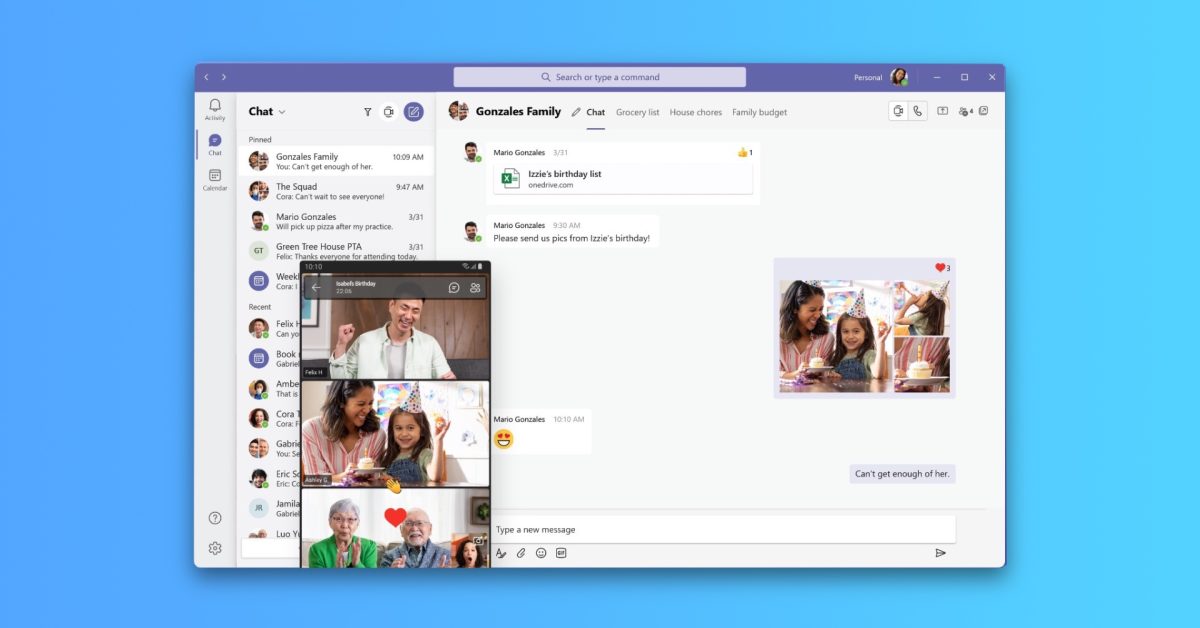Microsoft Teams optimized for Apple Silicon Macs finally arrives – in beta

Over 18 months after the release of the first Mac powered by the M1 chip, Microsoft has released a version of Microsoft Teams that is optimized for Apple Silicon. While the Apple Silicon version of Microsoft Teams is not publicly available to Teams users yet, you can download it via the company’s website.
Microsoft has not publicly announced this version of Teams for macOS, but the file was discovered on the company’s website this week. When you download and install the app, you can see that Teams is now a “Universal” app. This means it is optimized for Macs with both Intel and Apple Silicon.
As a refresher, Macs powered by Apple Silicon can run three different types of applications:
- iPhone and iPad apps on the Mac through the Mac App Store
- Apps that run through Rosetta 2 translation, which allows users to run apps made for Intel Macs on Apple Silicon, with apps sometimes performing better in Rosetta with M1 than they did with Intel, Apple says
- Universal apps are apps built for Apple Silicon and Intel processors and are downloadable from the Mac App Store or from the web.
Up until this week, Microsoft Teams for macOS would run as an Intel application on Apple Silicon Macs, using Apple’s Rosetta 2 translation technology. The lack of an Apple Silicon version of Teams has led to a number of complaints from Teams users over the last year and a half.
This version of Teams appears to be a beta, which means it is not necessarily perfectly stable and could come with bugs and performance issues. Nonetheless, it should bring noticeable improvements to performance on Apple Silicon machines.
Microsoft releases new public preview versions of its applications on a weekly basis. The next version is expected to be officially released tomorrow, April 26.
If you’re a Microsoft Teams user with an Apple Silicon Mac, you can download this beta version of the app from Microsoft’s website.
Source: 9to5mac.com